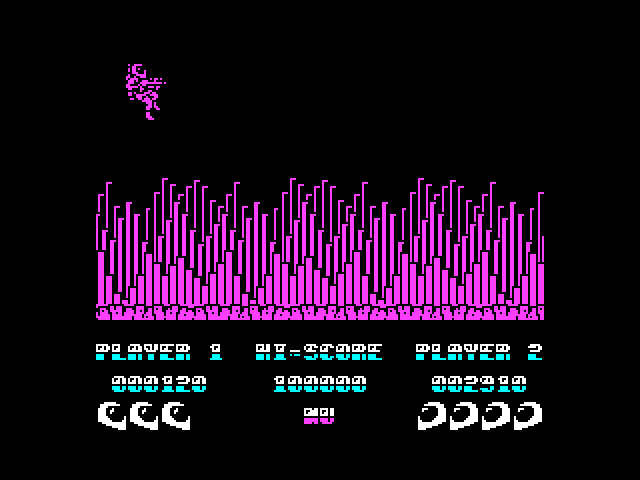Firebird : 1987

Cockneys Die!!! After Odin's demise, I was left with decisions to make. After months of running on financial fumes to complete Sidewize, I had no significant monetary reserves; not to put too fine a point on it, I was skint. I did have an idea for a follow-up to Sidewize however, and I didn't feel inclined to go into a full-time employed position again. There were a couple of local options. Gary Bracey @ Ocean pitched Colin and me on the Platoon movie license, but we declined because they wanted us to move to Manchester. I didn't drive, commuting was out of the question, we couldn't consider this option on the terms offered. We talked to Elite in Birmingham, who immediately offered us a deal when they saw the Sidewize demo, but like Ocean, they wanted to do licensed titles, and that didn't appeal at the time (the schedules for licensed titles tend to have zero leeway, which is bad enough if you're *not* being paid on milestones). A local company, Reptile Industr...




